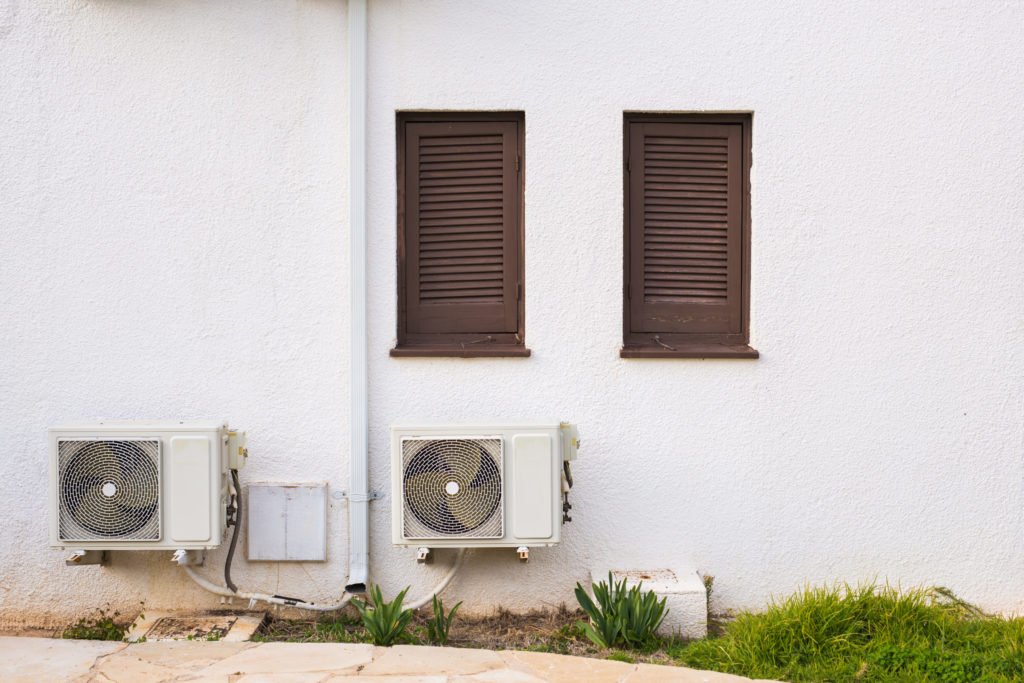There are many important factors to consider when choosing an air conditioner, and the SEER rating is definitely one of them. SEER, or Seasonal Energy Efficiency Ratio, is a measure of how efficiently an air conditioner converts electricity into cooling power. The higher the SEER rating, the more efficient the air conditioner.
Since energy costs continue to rise, choosing an air conditioner with a high SEER rating is important. Not only will you save money on your energy bills, but you’ll also be doing your part to help the environment. To find the most efficient one for your needs, be sure to compare the SEER ratings of different air conditioners. Let’s take a closer look at SEER ratings.
What are SEER ratings?

So what is a SEER rating? The Seasonal Energy Efficiency Rating is a number you will see on any new HVAC equipment. The number is an indicator of the maximum efficiency performance of the unit. The formula for calculating the SEER rating is the cooling output required divided by the energy used during the same period. This number will give you a good idea of how efficient the unit is and how it might impact your energy bills over time.
The U.S. Department of Energy requires that all units have a minimum SEER rating to be sold in the United States. Based on geographical location, the SEER rating for units sold in southern states is 14, and the minimum in cooler northern states is 13. Today, many manufacturers produce AC units that are well above the minimum requirements with SEER ratings in the 20s. The higher SEER air conditioners. These units tend to come with features like multi-stage cooling, which means that the AC will stay on more consistently rather than cycling on and off.
Are higher SEER ratings worth the cost?

If you have an air conditioning unit older than 10 years old, you could have an AC unit with a SEER rating below 10. Today, even the equipment with the minimum SEER rating is much more energy-efficient than older models. This means that you could see double your returns on your energy bills if you upgrade from an older model. The downside, however, is that new models come with higher upfront costs.
One way to think of the SEER rating is in terms of dollars. For every $1 you spend on electricity to power your air conditioner, the SEER rating will tell you how many dollars of cooling power you’ll get in return. So, for example, if you have an air conditioner with a SEER rating of 14, you can expect to get $14 of cooling power for every $1 you spend on electricity. In the long run, you will pay less. However, you may have to pay more upfront for a more efficient machine.
The average household pays around $2000 a year for energy, so a higher SEER-rated unit might be worth the investment. Elements such as your location, the size of your home, and your cooling preferences will all determine the unit that is best for you. If you live in an area where the summer temperatures can be blazing, a higher SEER rated unit will help keep you more comfortable for less money. You need to weigh your options and preferences to determine if a higher-rated unit is worth the investment for your situation.
The SEER rating of an AC unit is just one of the many factors that you should consider when upgrading your equipment. Once you factor in the cost, your needs, and the potential energy savings, you will be able to determine if the highest-rated air conditioner is worth it.





